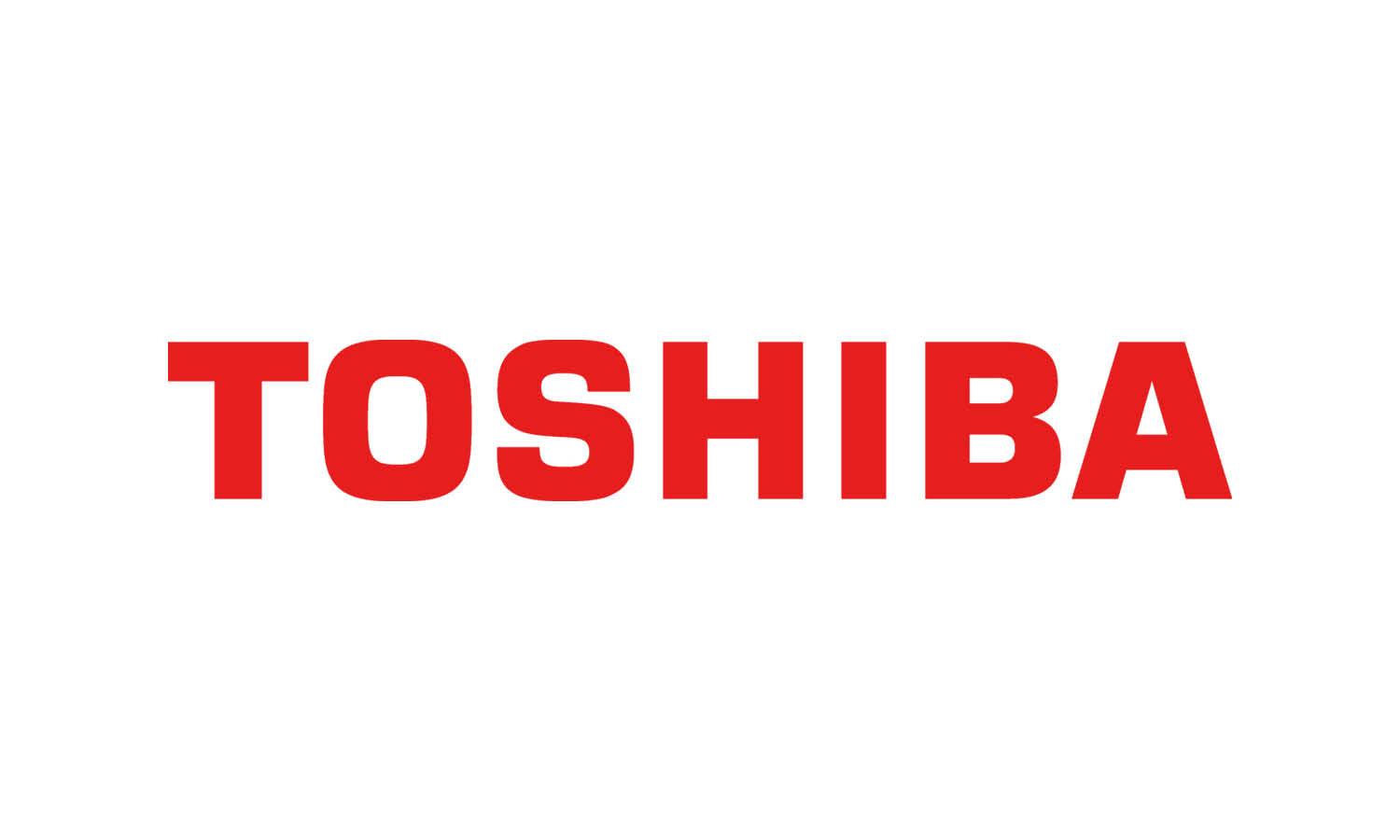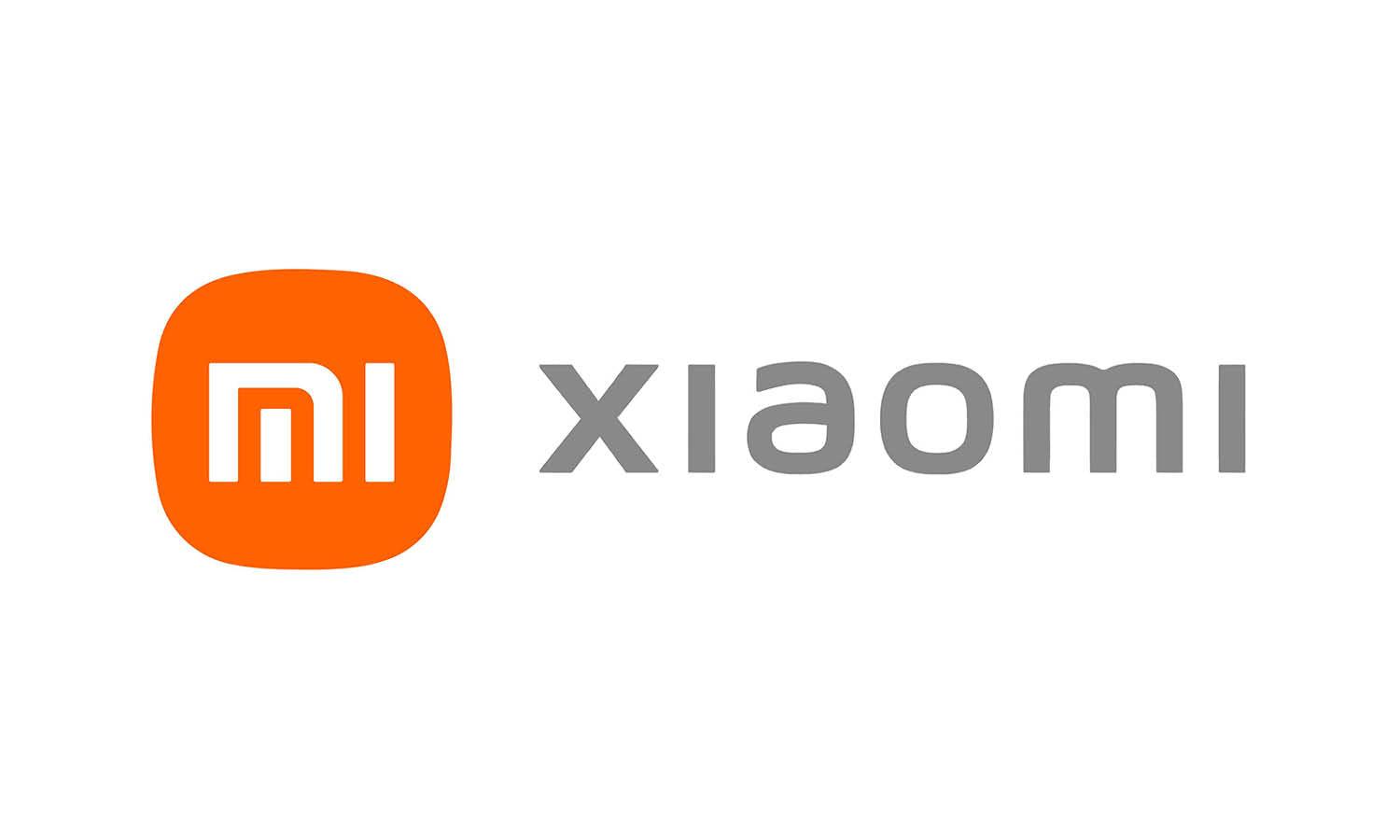Panasonic Logo Design: History & Evolution

Image Courtesy: Panasonic
When it comes to iconic imagery, the Panasonic logo design is a standout example that resonates with both consumers and professionals in the graphic design community. Since its inception, the Panasonic logo design has undergone several transformations, each one reflecting the brand's evolution and commitment to innovation. This casual stroll down memory lane isn't just about appreciating a well-crafted logo; it's a glimpse into the visual storytelling that defines a multinational corporation like Panasonic.
For graphic designers, the Panasonic logo design represents a blend of history, art, and business strategy, making it an intriguing subject to delve into. Whether you're an aspiring designer seeking inspiration or a seasoned professional looking to dissect the aesthetics, the Panasonic logo has something for everyone.
In this article, we'll explore the fascinating journey of the Panasonic logo design, tracing its roots and dissecting its various iterations. From its early days to the contemporary design we see today, join us as we uncover the design principles and artistic choices that have shaped this enduring symbol. It's more than just a logo; it's a lesson in design evolution and a testament to the power of visual identity. Stay tuned, and let's dive into the world of Panasonic logo design!
Panasonic Logo Design History
1918 - 1955
The early years of the Panasonic logo design hold a charm that’s captivating to anyone with an eye for design history. Let’s travel back to the year 1918, when the original logo made its debut. Far removed from the emblem we recognize today, the first version wasn't even associated with the name “Panasonic.” Instead, it bore the company's contemporary name and consisted of the simple wordmark, “Matsushita Electric.”
At that time, the Panasonic logo design wasn't about flashy visuals or intricate details. It was minimalistic and functional, featuring thin, capital letters. This straightforward approach might appear basic to some, but it reflected the industrial spirit of the era and the company's focus on its core business – electric appliances.
The choice of using thin capital letters for the wordmark was not merely a design whim. It was a strategic decision that underscored the brand's seriousness, reliability, and commitment to quality. During this period, businesses often opted for no-nonsense, easily legible typography, aiming for immediate recognition and trust. The Panasonic logo design of that era was no exception.
While the original design may not have carried the graphical flair that modern-day logos boast, it stood as a testament to the company's identity. It was more than just a name; it was a symbol of a brand taking its initial steps in the rapidly growing electrical industry.
As the years rolled on, the Panasonic logo design began to evolve, mirroring the growth of Matsushita Electric. The company's expansion into international markets and diversification of products started to demand a logo that was more in tune with its widening reach and global aspirations.
By the early 1950s, the transition from the humble wordmark began, setting the stage for the future Panasonic identity. The need to resonate with a broader audience and communicate the brand's innovative spirit started to take center stage. The Panasonic logo design from 1918 to 1955 is more than a historical artifact; it's a snapshot of a time when simplicity ruled and function took precedence over form. It's an essential chapter for graphic designers interested in understanding how a multinational brand's visual identity evolves with changing times and business needs.
Looking back at these formative years provides valuable insights into design decision-making and the vital role that logos play in shaping a company's public perception. Stay with us as we continue to explore the fascinating evolution of the Panasonic logo design, where the convergence of art, history, and business offers an enriching lesson for designers everywhere. It's a tale that proves that even the simplest of designs can lay the foundation for an iconic brand image.

Image Courtesy: Panasonic
1955 - 1965
The era between 1955 and 1965 marked a pivotal period in the evolution of the Panasonic logo design. Leaving behind the simplicity of its initial wordmark, the company embarked on a journey to create a logo that would resonate with a broader audience. In 1955, Panasonic introduced its very first logo, and this emblem became a symbol of the brand's aspirations and philosophy.
The newly introduced Panasonic logo design featured a monochrome badge, visually striking and instantly memorable. The logotype, divided into two parts by a robust geometric symbol, tilted inward, creating a sense of growth and upward movement. This inclination towards the center wasn't just a stylish touch; it was a deliberate representation of Panasonic's ambition, progress, and unceasing strive towards excellence.
The real standout of this design was the emblem, composed of a bold black triangle with a small white one in the middle, flanked by arrow-like elements at each angle. These geometric shapes weren't random; they were meticulously chosen to symbolize progress, diversity, and confidence.
The choice of triangles and arrows in the Panasonic logo design was far from accidental. Triangles are often associated with stability, power, and purpose, while arrows signify direction, force, and movement. The fusion of these two elements created an image that looked truly strong and remarkable, reflecting the company's confidence in its path forward.
The emblem's bold black triangle communicated strength, while the small white one nestled within it portrayed purity and clarity of vision. The entire badge was framed by a thin, strict black outline, repeating its contour, adding to its elegance and finesomeness.
From a graphic designer's point of view, the Panasonic logo design during this era was a masterclass in using geometric shapes to convey a complex narrative. The balance between boldness and finesse, the intelligent use of monochrome, and the inclination of the inscription all worked together to create an enduring image.
The logo's ability to represent growth and upward movement while capturing the essence of progress, diversity, and confidence is a testament to how thoughtful design can translate into a powerful brand message. The Panasonic logo design from 1955 to 1965 is more than a visual emblem; it's a reflection of the brand's mission, values, and aspirations. It set the stage for what would become one of the most recognizable logos in the world.
As we continue to explore the evolution of the Panasonic logo design, this era stands out as a significant chapter where creativity met purpose. It's a fascinating study for graphic designers and a reminder of how thoughtful design choices can craft a compelling story, one that continues to inspire and inform even today.

Image Courtesy: Panasonic
1965 - 1968
The years 1965 to 1968 represented a transformative phase in the Panasonic logo design, culminating in a refreshingly new look introduced in 1966. This redesign went beyond mere aesthetics; it captured a renewed sense of identity, innovation, and approachability, propelling the brand into a new era.
The first thing that catches the eye in the 1966 redesign is the updated logotype. Gone were the geometric rigidity and monochrome badge of the previous design. Instead, the logo embraced a smooth, bold sans-serif typeface with soft rounded angles and clean contours. The all-capital letters stood confidently, reflecting a more modern, friendly, and approachable Panasonic.
To the left of the wordmark, the Panasonic logo design featured a strikingly simple yet profound emblem: a thin white circle on a black background, resembling the letter “N,” with a white “Panasonic” inscription in the middle. This minimalist emblem, at first glance, may seem ordinary, but it's rich with meaning. The "N" symbolizes the brand's global reach, connecting the North with the South. The circle denotes unity and wholeness, reflecting Panasonic's holistic approach to technology and customer satisfaction.
Another notable change in the Panasonic logo design was the addition of a tagline, “By Matsushita Electric,” written in a lightweight sans-serif under the right part of the logo. This subtle touch wasn’t just a nod to the company’s history; it was a bridge connecting the past with the present. The tagline in black provided a grounding effect, reminding both consumers and stakeholders of the company's heritage and core values.
The 1966 redesign of the Panasonic logo was a lesson in balancing tradition with innovation. By simplifying the visual elements, using softer typefaces, and introducing a minimalist emblem, the Panasonic logo design managed to stay relevant, progressive, and accessible.
From a designer's perspective, this era in Panasonic's logo evolution is an inspiring example of how minimalism can maximize impact. The choice of clean lines, rounded angles, and a simple emblem transformed a corporate logo into a universally recognizable symbol. The Panasonic logo design from 1965 to 1968 marked a turning point in the brand's visual journey. It was a shift towards modernity without losing sight of legacy, a creative fusion of tradition with innovation.
For graphic designers and branding enthusiasts alike, this phase of Panasonic's logo history provides valuable insights into the power of subtlety, minimalism, and thoughtfully executed design. It's a chapter that underscores the fact that sometimes, less truly is more, especially when it's done with intent, clarity, and a connection to the brand's essence.

Image Courtesy: Panasonic
1968 - 1971
The late 1960s were a period of great experimentation and innovation across various industries, and the world of logo design was no exception. In 1968, Panasonic introduced a redesign that further simplified its visual identity. This brief yet influential chapter in the Panasonic logo design history offers intriguing insights into the subtleties of brand expression.
The 1968 redesign of the Panasonic logo was about refinement and assertiveness. The visual identity was stripped down to heavy black lettering in uppercase, utilizing a modern sans-serif typeface. Though it might seem like a minor shift, the effect was profound. The font, while bearing resemblance to the previous version of the badge, was transformed with cleaner lines, more distinctive contours, and sharper angles. The lettering exuded confidence, modernity, and clarity, resonating with the technological advancements and forward-thinking approach of the company during this time.
What makes this phase of the Panasonic logo design especially fascinating is the focus on typography as the primary means of communication. Without emblems, taglines, or additional visual cues, the logo relied solely on the character of the typeface to convey its message.
The emphasis on heavy black lettering was not just a stylistic choice; it was a statement of simplicity and directness. The use of black, often associated with sophistication and seriousness, aligned perfectly with Panasonic's reputation for quality and innovation.
Interestingly, this version of the Panasonic logo design remained in use for just three years, with the black color leaving the concept in 1971. Despite its relatively short lifespan, the 1968 redesign left an indelible mark. It was a testament to how a well-executed typography-focused design can stand on its own without needing additional elements. This phase of the Panasonic logo design evolution served as a precursor to modern minimalistic design trends that value functionality, simplicity, and timeless appeal.
The Panasonic logo design from 1968 to 1971 may have been brief, but it was far from insignificant. It's a lesson in how careful adjustments, such as honing angles and choosing the right typeface, can refresh a brand's image without losing its essence.
For graphic designers and those with a passion for brand identity, this chapter in Panasonic's visual journey offers valuable takeaways. It reminds us that sometimes the most powerful designs are those that dare to simplify, focusing on precision and alignment with the brand's core values.
As we continue to trace the rich tapestry of Panasonic's logo history, the 1968 redesign stands as a compelling example of minimalism's power, elegance, and enduring relevance. It's a chapter that inspires reflection on the art of crafting logos that are not just visually appealing but resonate deeply with a brand's identity and vision.

Image Courtesy: Panasonic
1971 - Present
In the ever-evolving world of design, few things remain constant. However, the Panasonic logo design introduced in 1971 has withstood the test of time, becoming an iconic symbol of the brand. It’s a striking example of how simplicity, paired with thoughtful execution, can result in a timeless visual identity.
1971 marked a turning point in Panasonic's visual branding. The new logo, stripped of all frills, presented itself as a simple bold wordmark available in blue or black. This design decision was a celebration of minimalism and professionalism, recognizing that sometimes less indeed is more.
The absence of framing or graphical elements allowed the logotype to shine in its purest form. Written in title-case and executed in a traditional font with thick lines, the Panasonic logo design is very similar to the Sequel Sans Black display. The genius of this design lies in its understated elegance. The clean lines and bold lettering convey a sense of authority and confidence, without needing additional embellishments.
The choice of blue or black in the Panasonic logo design is worth noting. Blue often symbolizes trust, loyalty, and wisdom, while black adds a touch of sophistication and timeless appeal. These color choices reflect the brand's commitment to quality, innovation, and reliability.
What sets this logo apart in the context of Panasonic's brand history is its longevity. Since its introduction in 1971, this iteration of the Panasonic logo has remained unchanged, a rarity in an age where rebranding has become almost a norm. Its longevity speaks volumes about the effectiveness of the design. The straightforward, yet distinctive typeface resonates with the brand's global audience, communicating Panasonic's values without the need for constant updates or changes.
From a graphic designer's standpoint, the Panasonic logo design is a masterclass in minimalistic branding. Its strength lies in its clarity, consistency, and ability to adapt across various platforms and mediums.
Its adaptability ensures that it looks equally at home on a cutting-edge television set as it does on corporate stationery. It's a testament to how well-thought-out design can transcend trends and remain relevant across generations.
The Panasonic logo design from 1971 to the present is more than just a visual mark; it's a symbol of the brand's enduring values and commitment to excellence. Its simplicity, versatility, and timeless appeal offer valuable lessons for graphic designers and brand enthusiasts alike.
It stands as a reminder that effective logo design doesn't always require complexity or constant change. Sometimes, a well-chosen font and a commitment to minimalism can create a visual identity that not only represents a brand but becomes an integral part of its legacy. In the ever-changing landscape of design, the Panasonic logo stands as a beacon of stability, elegance, and enduring relevance, an inspiring example for anyone seeking to understand the profound impact of thoughtful design.

Image Courtesy: Panasonic
Analysis: Panasonic Logo Design Evolution
Introduction: The Panasonic logo design is a fascinating study in branding and visual identity that has evolved over the decades. Its journey from intricate symbols to minimalist sophistication reflects a brand continuously adapting to technological advancements and global markets. As we delve into an analysis of the Panasonic logo design evolution, five essential aspects stand out, each shedding light on broader design principles and practices.
Adaptation to Trends and Times
The Panasonic logo design is a clear reflection of different design eras. From the strong geometric symbols of the 1950s to the minimalist approach of the 1970s, the logo has changed with the times. This adaptability is a crucial lesson in how a brand must evolve to resonate with changing consumer perceptions and design trends.
Emphasis on Typography
Throughout its evolution, the Panasonic logo design has shown an increasing focus on typography. The progression from elaborate symbols to simple, bold lettering highlights the power of a well-chosen typeface. Whether it's the cleaner lines introduced in 1968 or the enduring font since 1971, typography has played a pivotal role in defining the brand's image.
Minimalism as Timelessness
The current Panasonic logo, introduced in 1971, is a classic example of minimalism's enduring appeal. By stripping away all unnecessary elements, the logo has achieved a timeless quality that still looks fresh today. This design decision speaks to the broader principle that minimalism, when executed with precision, can transcend time and trends.
Color Symbolism and Flexibility
The color choices in the Panasonic logo design, particularly blue and black, have been instrumental in communicating the brand's values. Blue symbolizes trust and reliability, while black adds sophistication. The flexibility to use either color shows an understanding of the nuanced role that color plays in branding and the importance of adaptability across various contexts and mediums.
Consistency in Core Elements
Even as the Panasonic logo design has evolved, certain core elements have remained consistent. The focus on clear contours, distinctive lettering, and a sense of professionalism has persisted throughout the various iterations. This consistency has allowed Panasonic to retain its brand recognition and trust, even as the logo's form has changed.
A Rich Tapestry of Design Lessons: The Panasonic logo design evolution is not just a historical account of a brand's visual journey. It's a rich tapestry of design lessons, insights, and inspirations. From understanding the importance of adapting to trends, to appreciating the subtlety of typography, to embracing minimalism and understanding color symbolism, the Panasonic logo's history serves as an enlightening guide for graphic designers and brand enthusiasts alike. Its story is a reminder that great design is not static; it evolves, adapts, and continues to inspire.

Image Source: https://shop.panasonic.com/ | Image Courtesy: Panasonic
The Philosophy & Meaning Behind Panasonic Logo Design
The Panasonic logo design is more than a visual brand identifier; it's an embodiment of philosophy and a reflection of core values. A seemingly simple design carries profound meanings that resonate with the brand's identity. In this exploration of the Panasonic logo design, we'll uncover five key aspects that reveal the underlying philosophy and significance behind this iconic mark.
Simplicity as a Design Philosophy
Panasonic's logo design emphasizes simplicity, aligning with the brand's approach to technology and innovation. By focusing on a clear and concise wordmark, the logo embodies the company's belief in creating user-friendly products. This minimalistic design conveys a philosophy that complexity doesn't always equal quality.
A Commitment to Timeless Appeal
The enduring nature of the Panasonic logo design, unchanged since 1971, reflects a dedication to timelessness. The logo's resilience in the fast-changing tech industry conveys a message that Panasonic values sustainability, quality, and long-term vision over fleeting trends.
Color Symbolism and Emotional Resonance
The choice of blue or black in the Panasonic logo design carries specific emotional and psychological meanings. Blue often represents trust, wisdom, and stability, while black adds a touch of elegance and sophistication. These color choices are not arbitrary but resonate with Panasonic's brand identity of reliability, innovation, and quality.
Typography and Brand Personality
The typeface used in the Panasonic logo design is instrumental in defining the brand's personality. With thick lines and a traditional font similar to Sequel Sans Black display, the logo expresses strength, stability, and confidence. It's a deliberate choice that mirrors Panasonic's reputation for delivering robust and dependable products.
Evolution Reflecting Growth and Progress
The evolution of the Panasonic logo design, from the original wordmark of 'Matsushita Electric' to the current minimalist design, mirrors the company's growth, diversification, and global reach. The logo's transformation tells a story of progress, adaptability, and an unceasing pursuit of excellence.
A Visual Manifesto of Values: The Panasonic logo design is more than an aesthetic choice; it's a visual manifesto of the company's values, beliefs, and aspirations. Its simplicity, timeless appeal, thoughtful color selection, purposeful typography, and symbolic evolution provide a rich narrative that resonates with the brand's global audience.
For graphic designers and those fascinated by the interplay of design and meaning, the Panasonic logo offers a profound lesson. It showcases how thoughtful design choices can create a logo that not only represents a brand but also communicates its essence and philosophy. It's a testament to the fact that behind every great logo lies a well-thought-out concept that speaks to the heart of the brand.

Image Source: https://shop.panasonic.com/ | Image Courtesy: Panasonic
What Can We Learn from Panasonic Logo Design
The Panasonic logo design isn't just a symbol for a global brand; it's a study in effective design principles and a source of inspiration for many graphic designers. As we delve into the Panasonic logo's unique characteristics, we discover essential lessons that extend beyond branding and offer valuable insights into the broader field of design. Here are five key lessons we can take from the Panasonic logo design.
The Power of Minimalism
Panasonic's logo design teaches us that sometimes, less is more. The current minimalist design, devoid of unnecessary embellishments, is both modern and timeless. It demonstrates that a simple yet powerful design can communicate a brand's essence without the need for complexity. This approach encourages us to seek clarity and purity in our own design projects.
Consistency in Branding
Through various redesigns, the Panasonic logo design has managed to retain a recognizable and consistent image. The subtle evolution of the logo showcases the importance of consistency in building and maintaining brand identity. Even minor changes can have a significant impact, and Panasonic's careful adjustments over the years provide a model for maintaining brand integrity.
Strategic Use of Typography
Typography is a central element in the Panasonic logo design, illustrating how the choice of font and typeface can shape a brand's personality. The selection of a strong, confident typeface has allowed Panasonic to convey specific brand values. This emphasizes the need for thoughtful and deliberate choices in typography to align with a brand's messaging.
Adaptation and Evolution
The history of the Panasonic logo design offers insights into how a brand can evolve without losing its core identity. From the very first badge in 1955 to today's minimalistic wordmark, the logo has adapted to technological and cultural shifts. This adaptability reminds us of the importance of staying relevant and being willing to embrace change while preserving essential brand elements.
Color as a Communication Tool
Panasonic's careful use of blue and black in its logo design highlights the role of color in conveying emotion and meaning. The choice of color wasn't random but was tied to the brand's values and target audience. This illustrates the significance of considering color psychology in design and encourages us to use color as a strategic tool.
The Panasonic logo design serves as a rich resource for designers looking to understand effective branding and timeless design principles. From the art of minimalism to the strategic use of color and typography, the lessons gleaned from Panasonic's visual identity can be applied to various design challenges. It's a testament to the multifaceted nature of design and an inspiration to approach each project with intention, creativity, and a deep understanding of the underlying principles that make a design truly resonate.
Conclusion
The Panasonic logo design offers an engaging lesson in the mastery of visual communication and brand identity. Whether it's the minimalistic elegance, timeless appeal, or strategic use of typography and color, there's much to glean from this iconic logo. For graphic designers seeking to create resonant and meaningful designs, the evolution and philosophy of the Panasonic logo design serve as an inspiring roadmap. As we observe the artful blend of simplicity and sophistication in the logo, we're reminded that great design is not just about aesthetics but a profound understanding of the message it conveys.
Let Us Know What You Think!
These fantastic logo design articles are written and curated by Kreafolk's team. We hope you enjoy our information and remember to leave us a comment below. Cheers!
















Leave a Comment